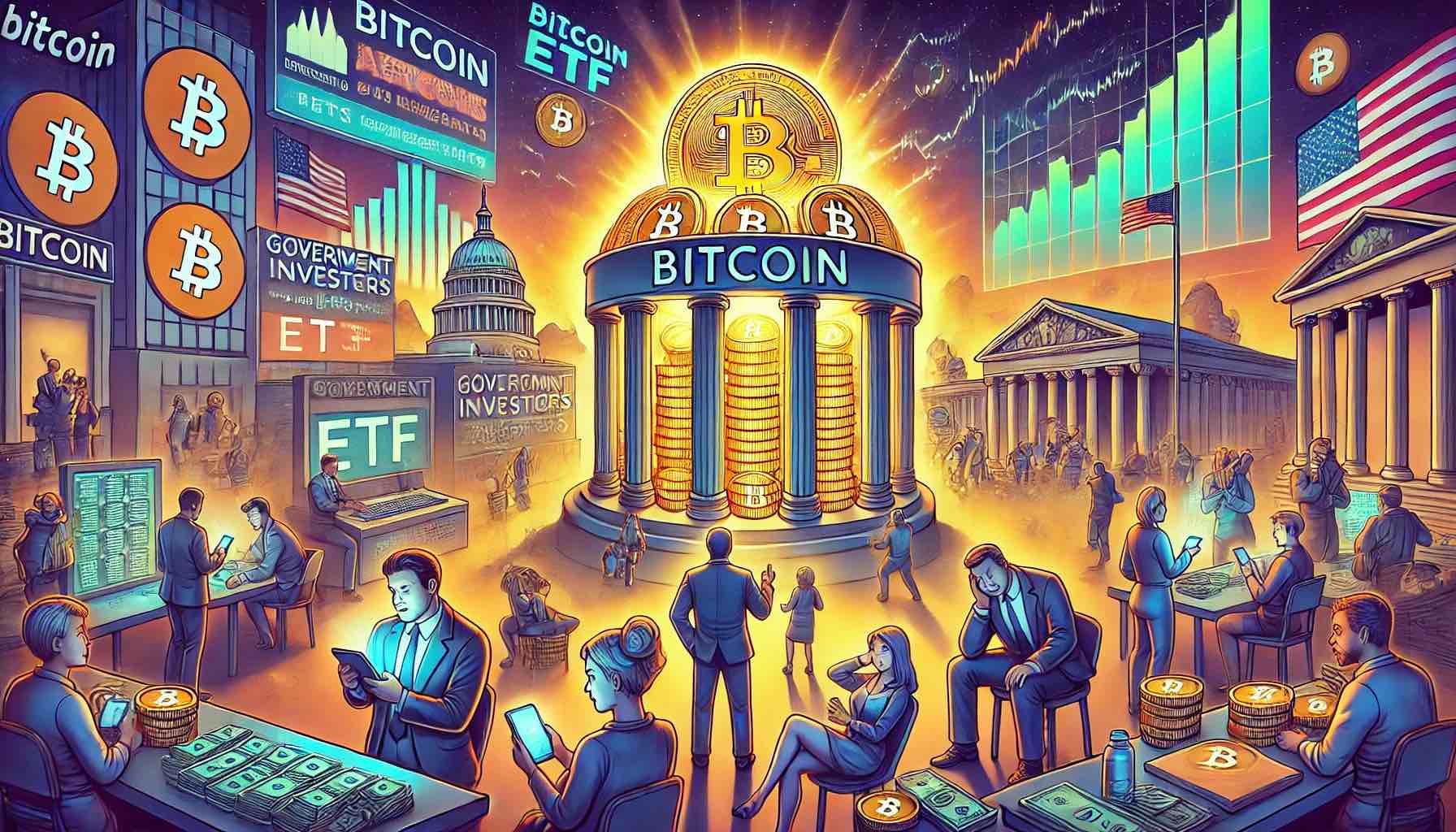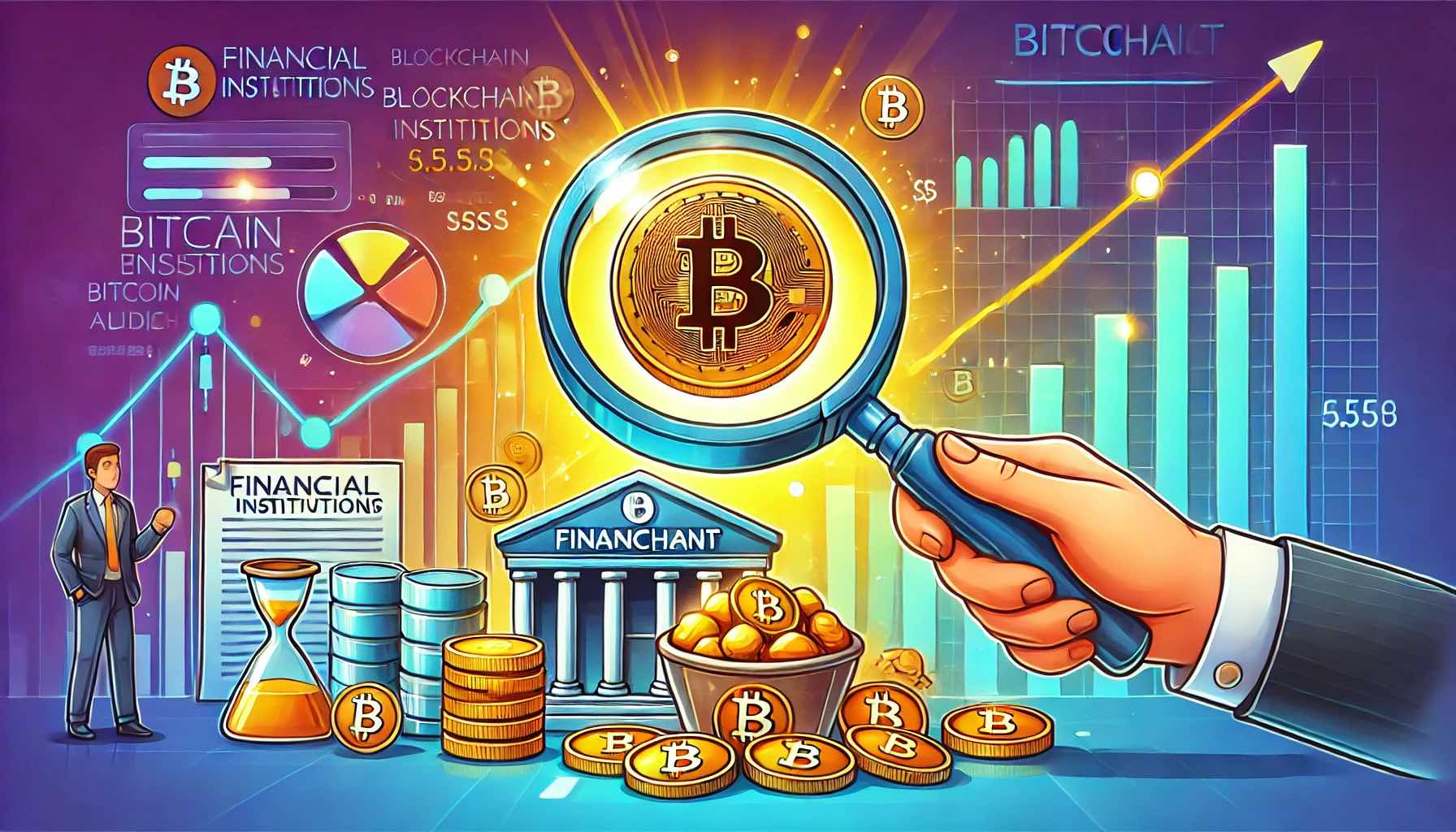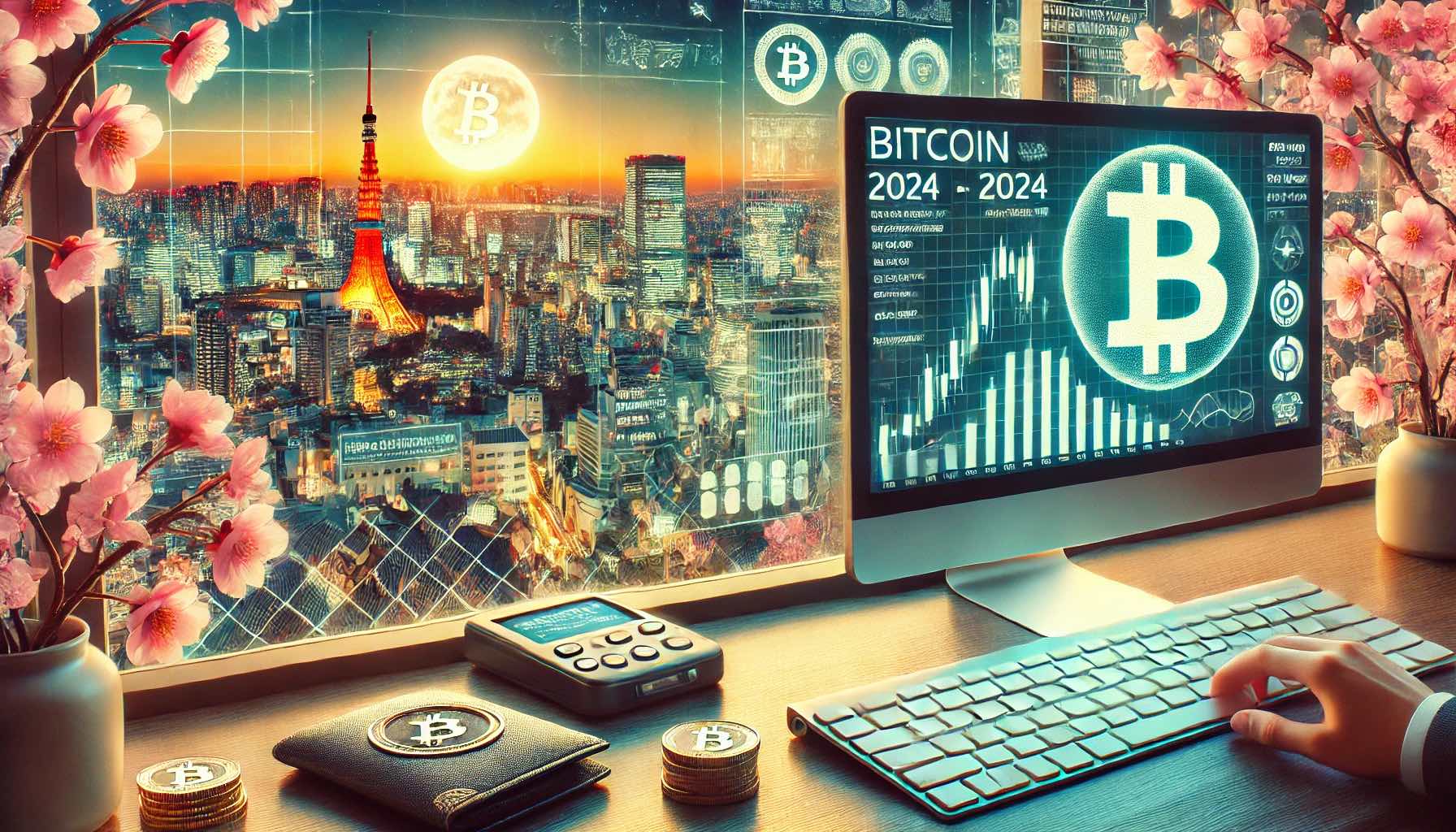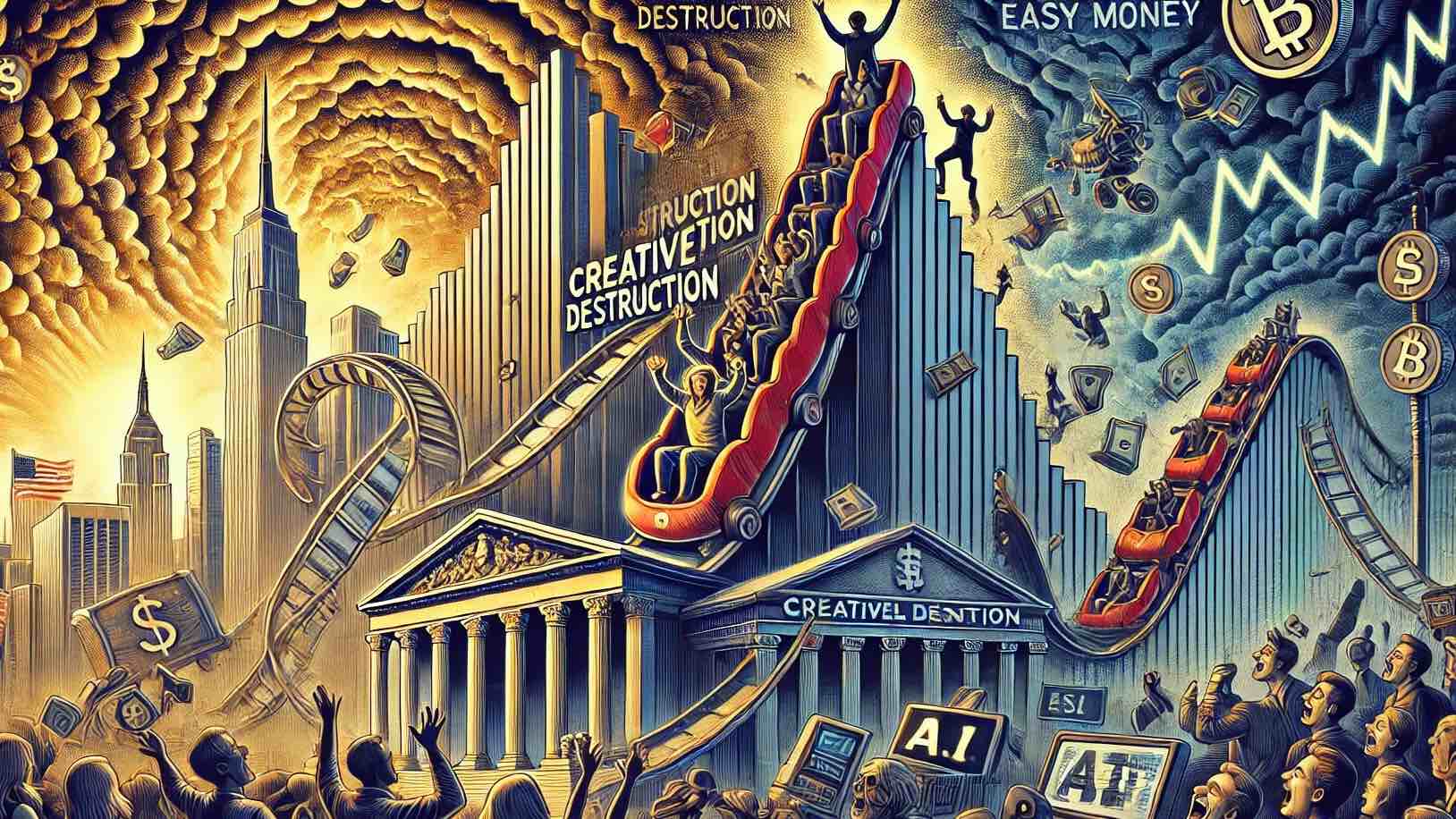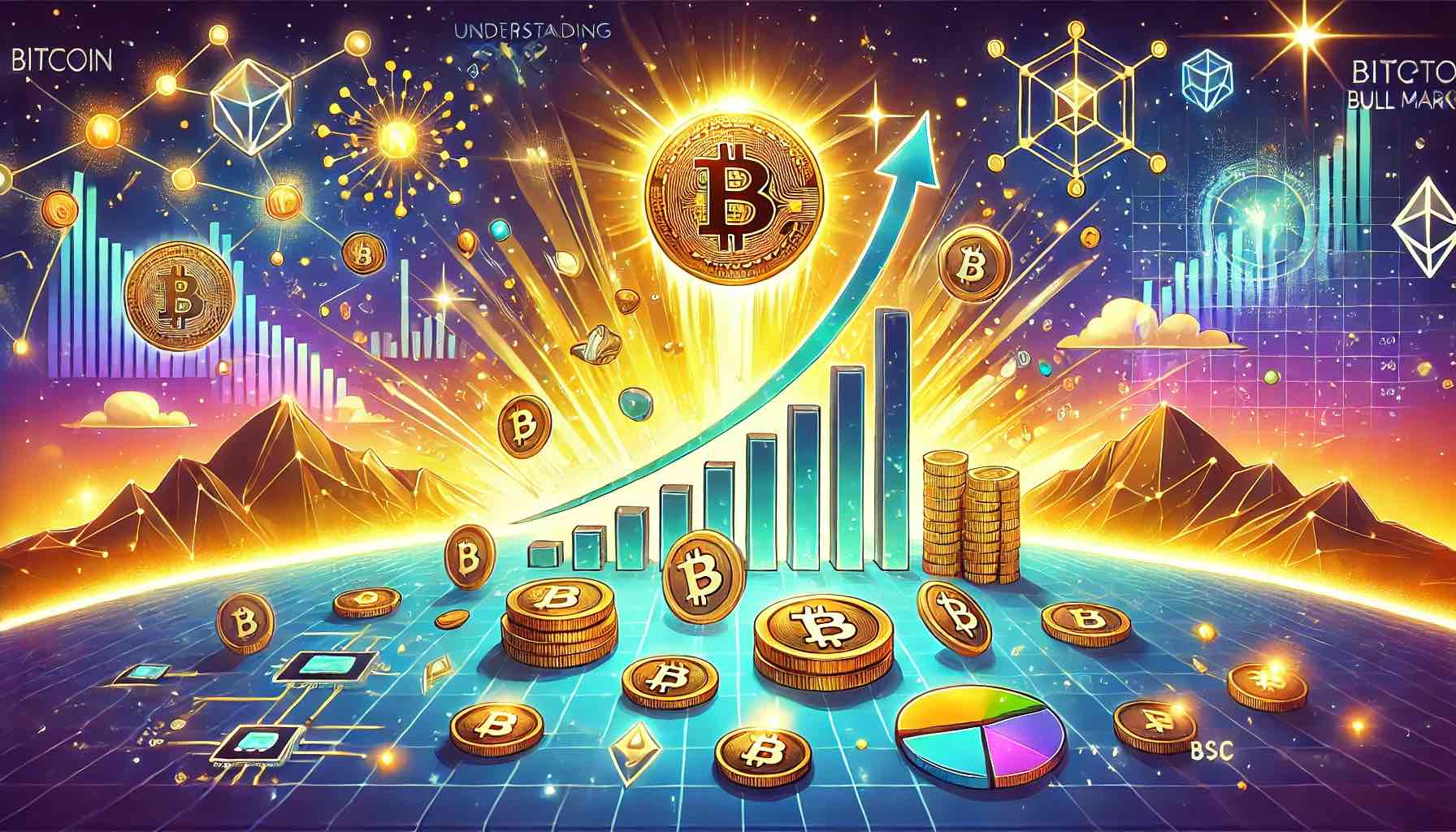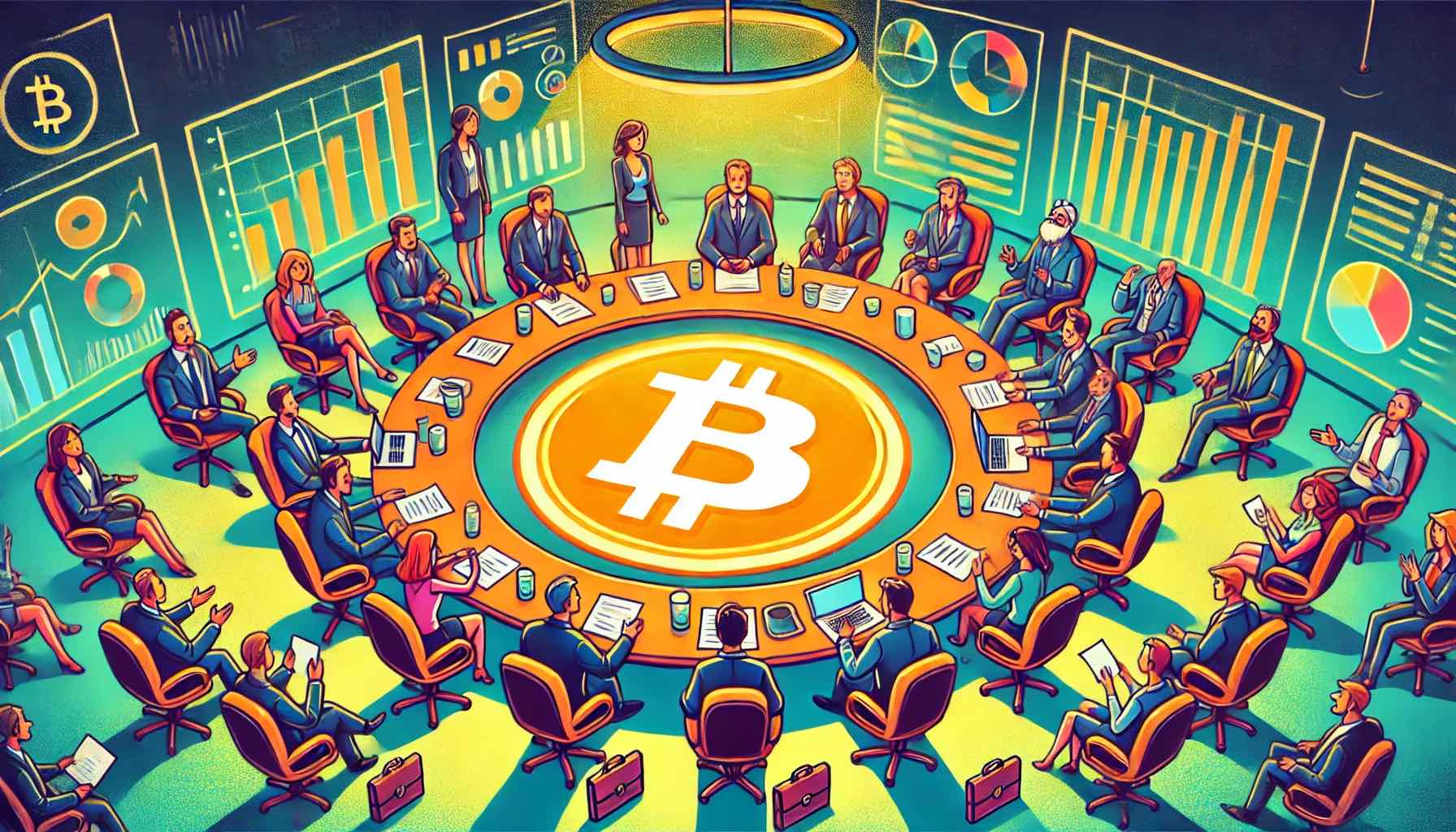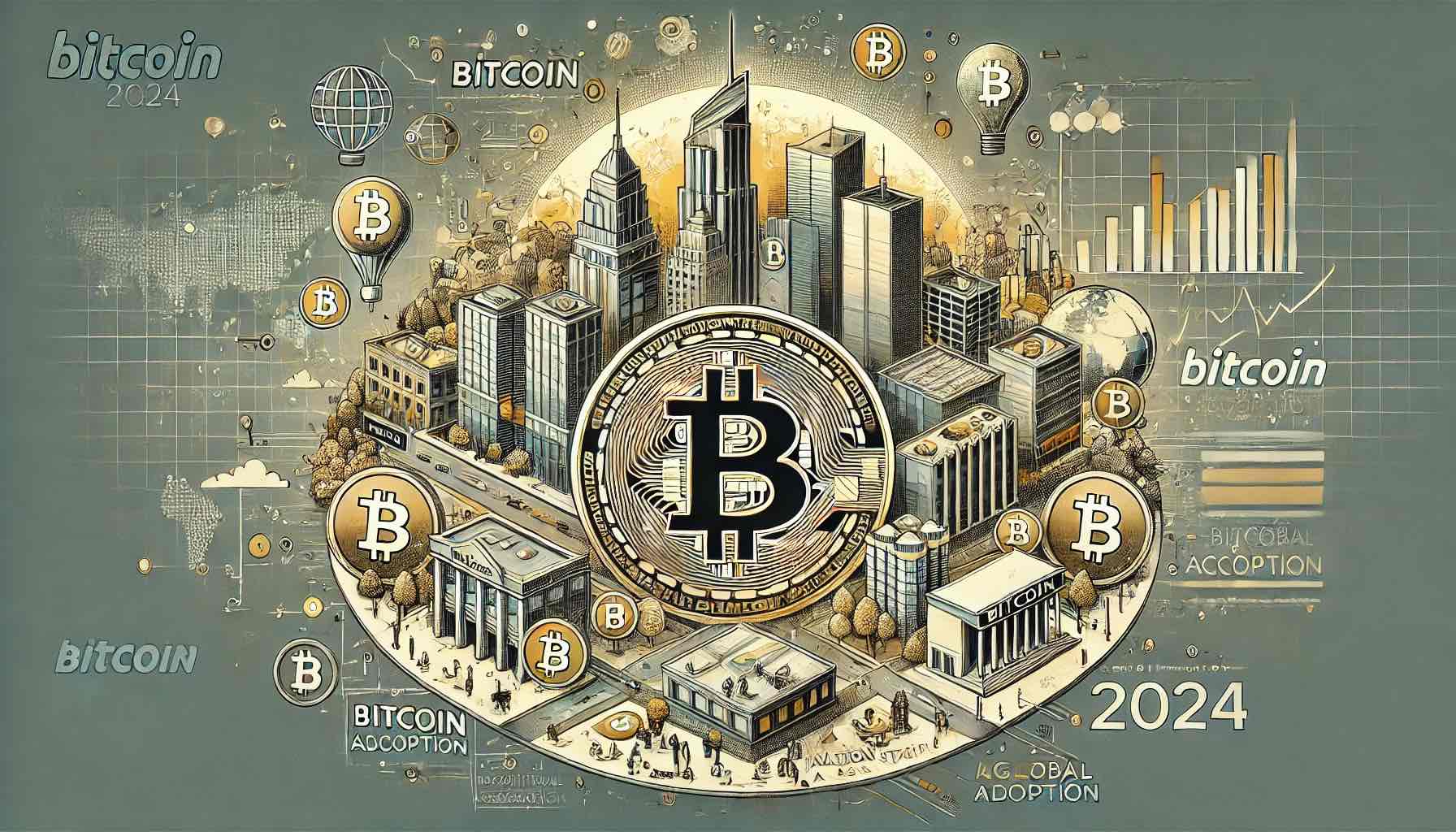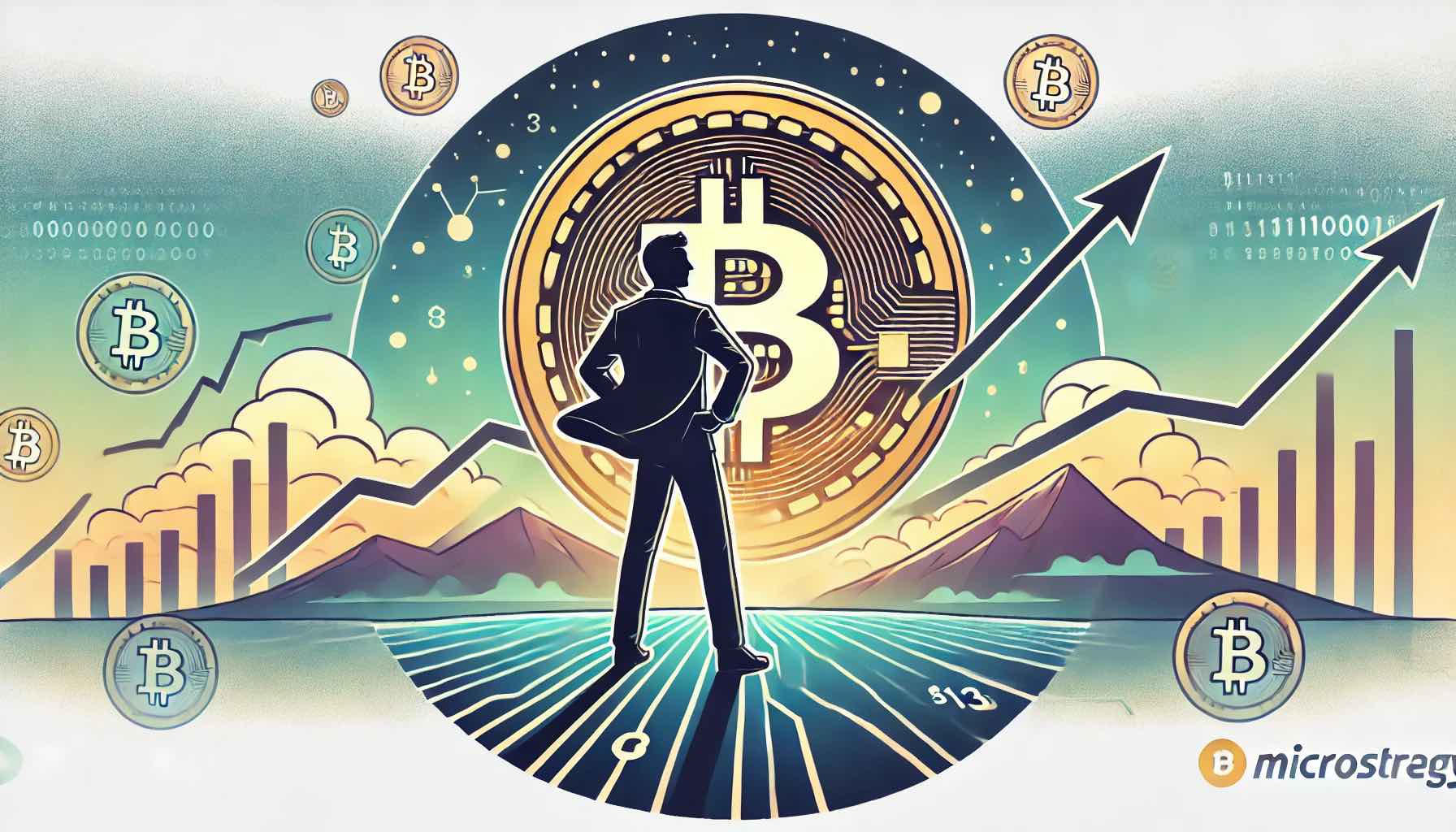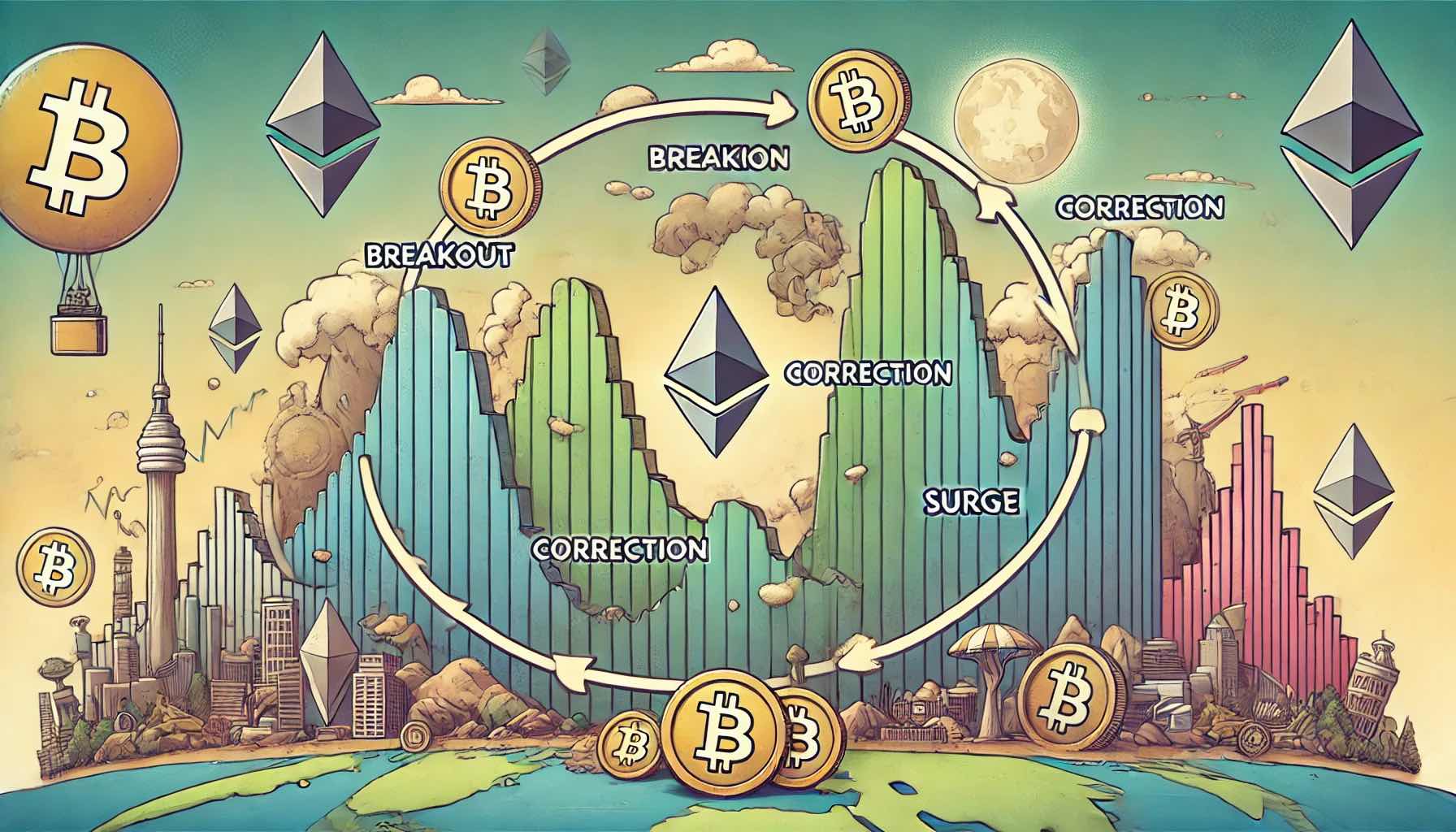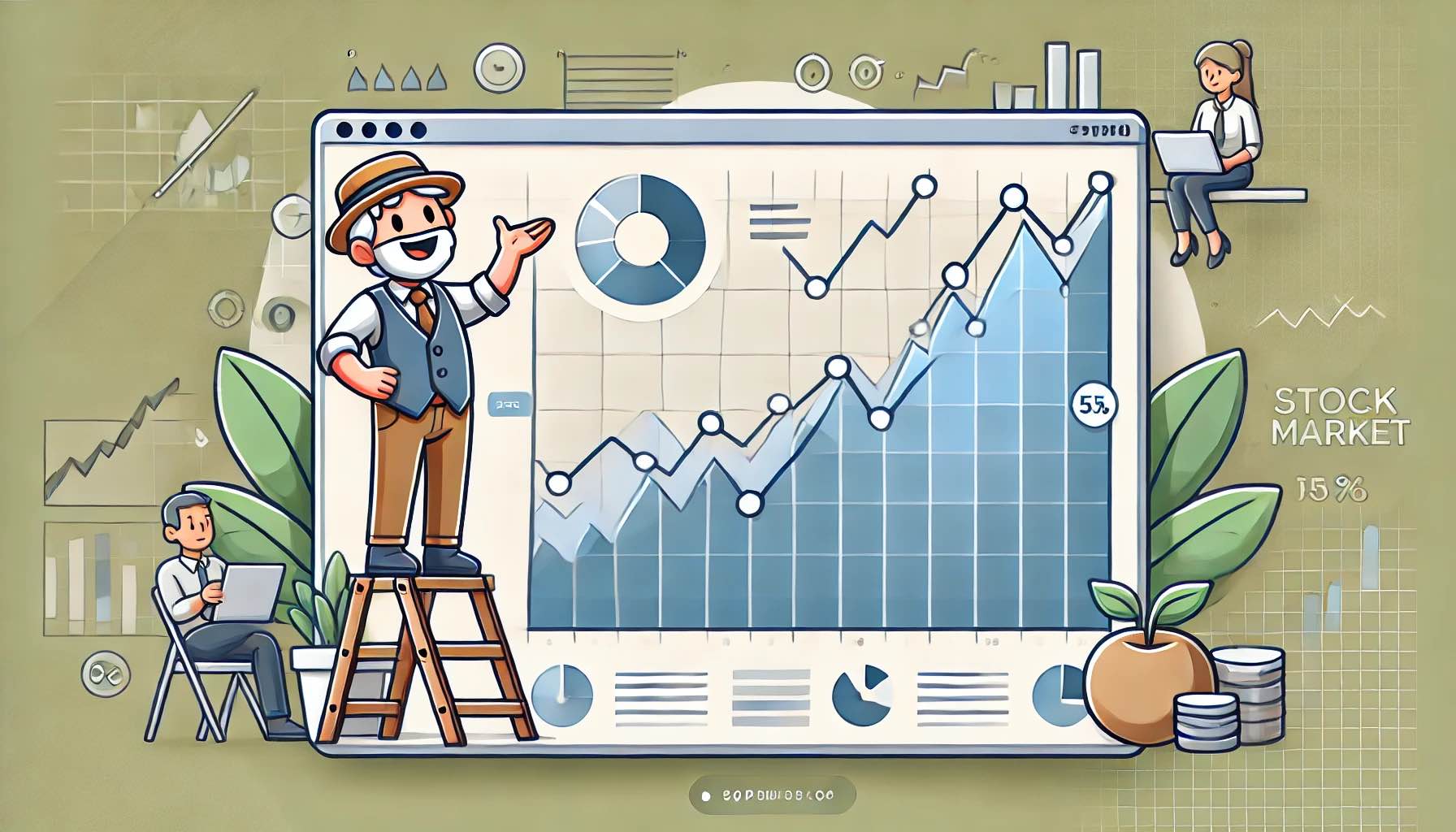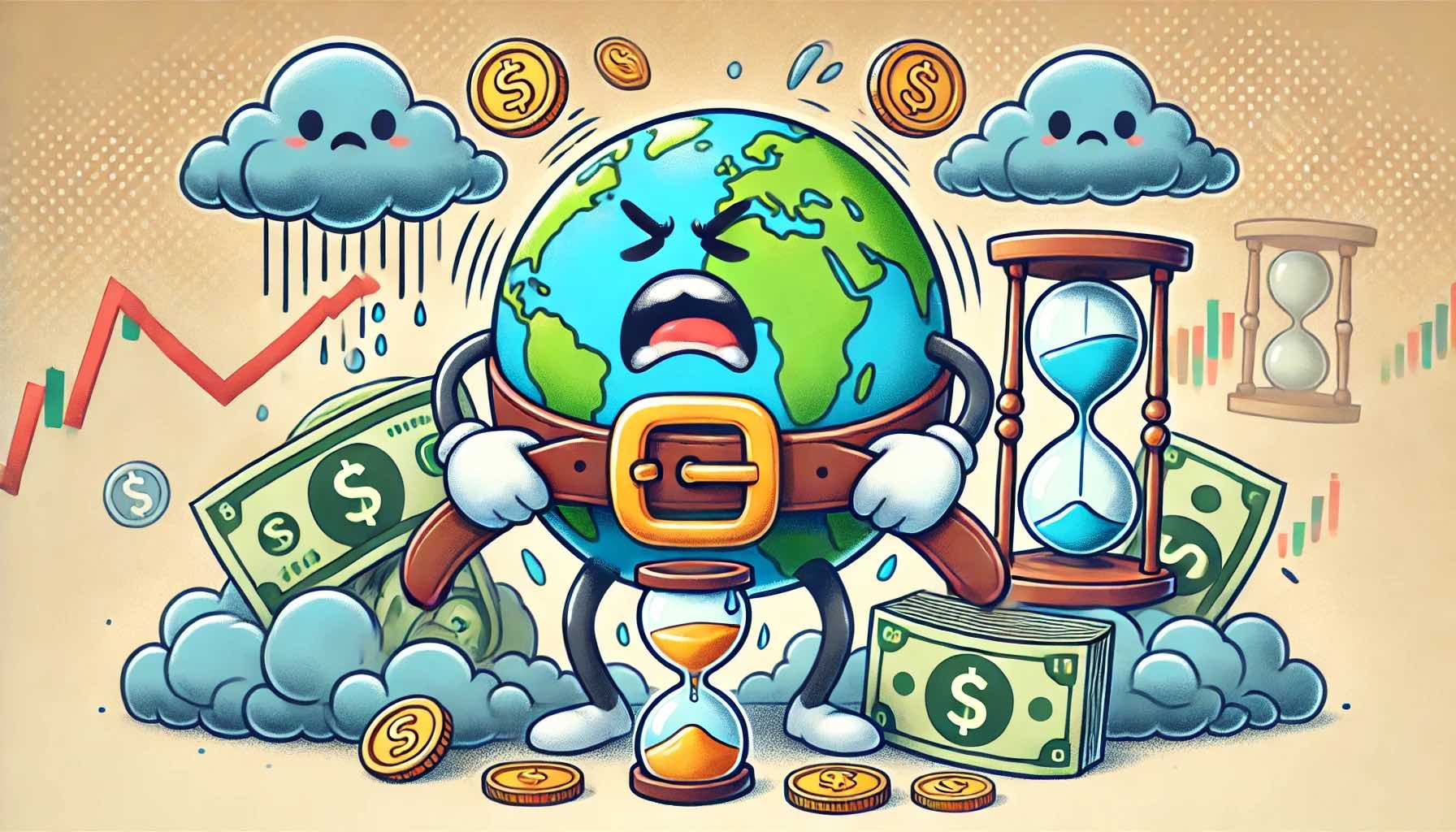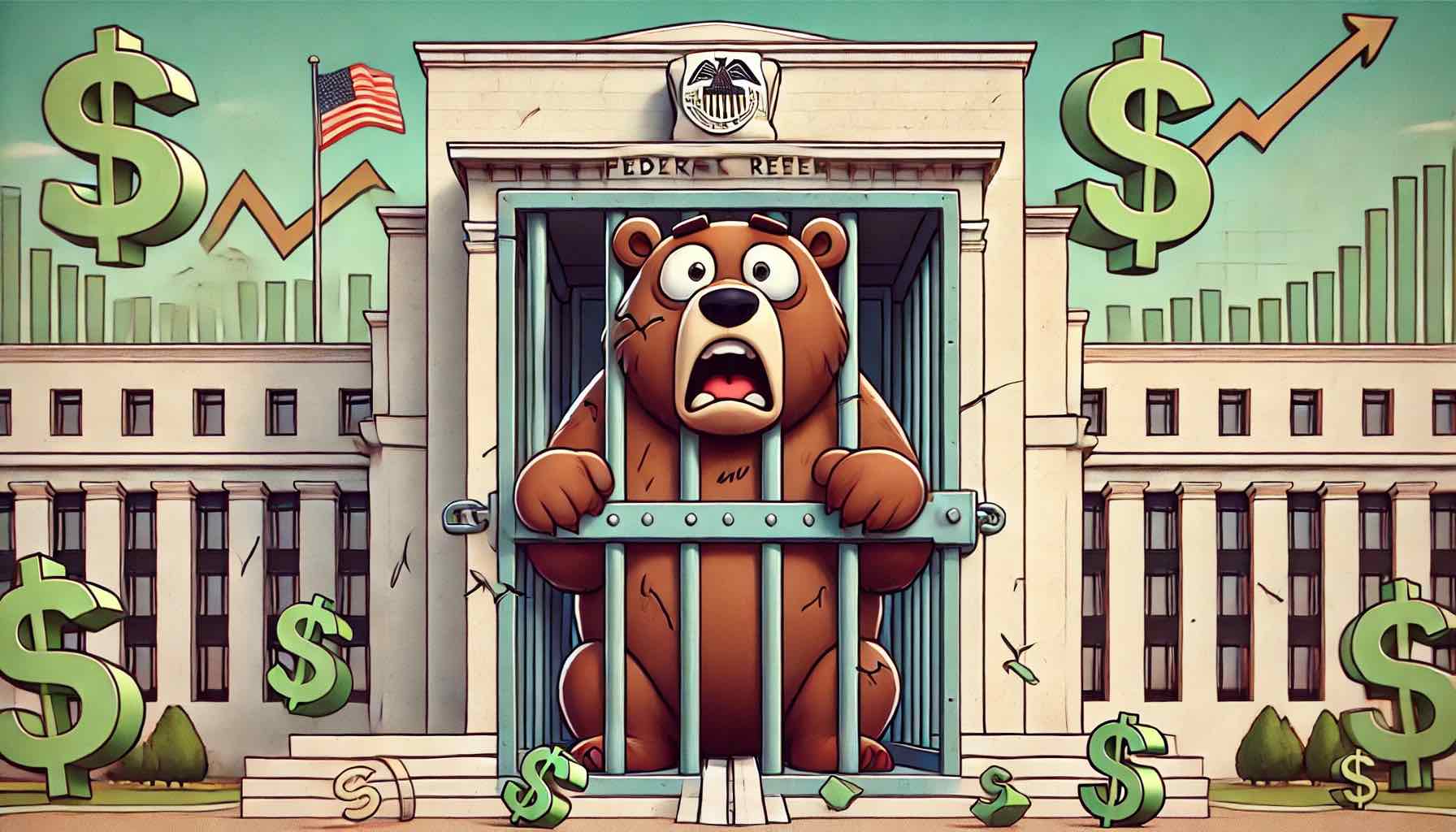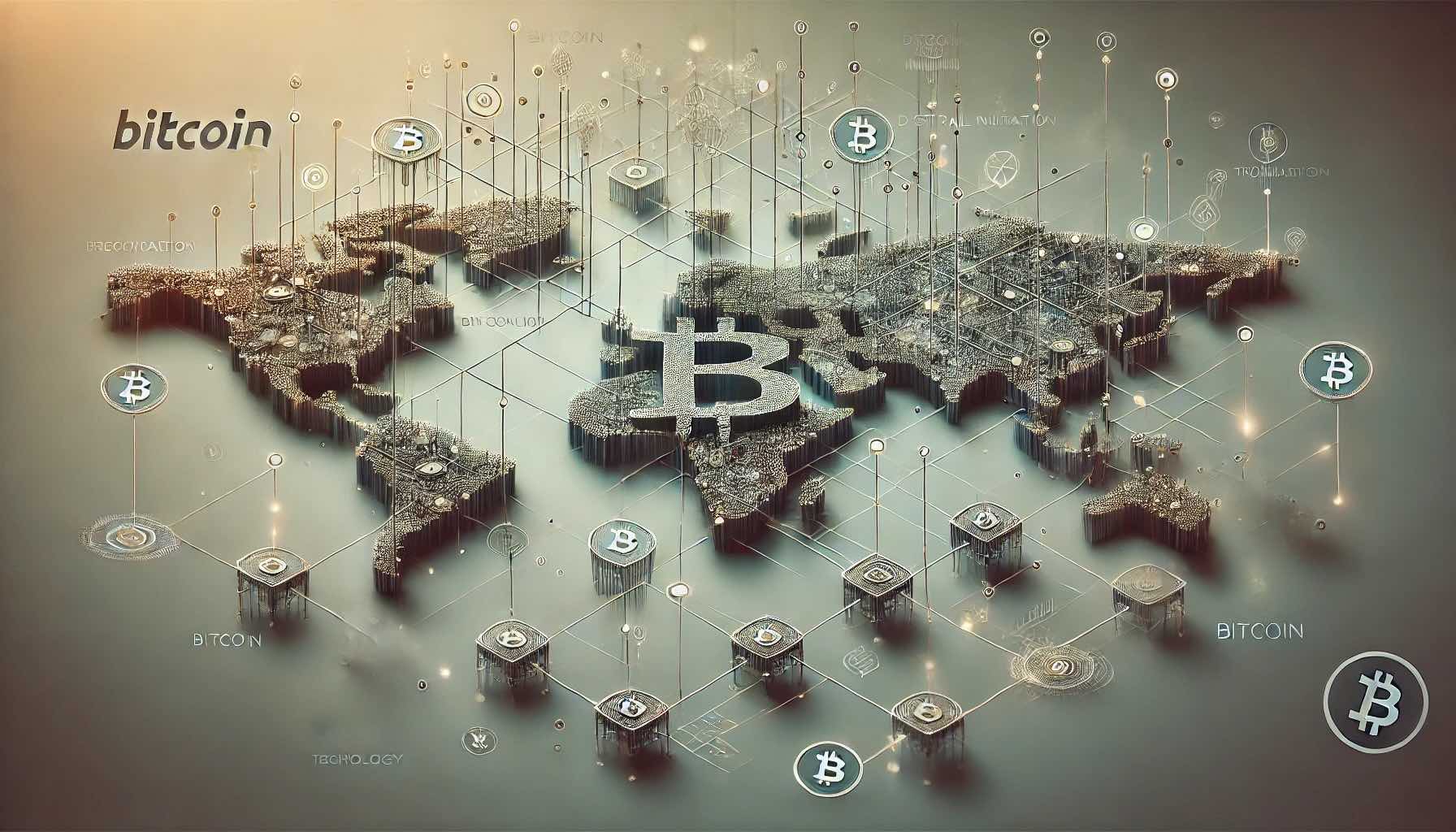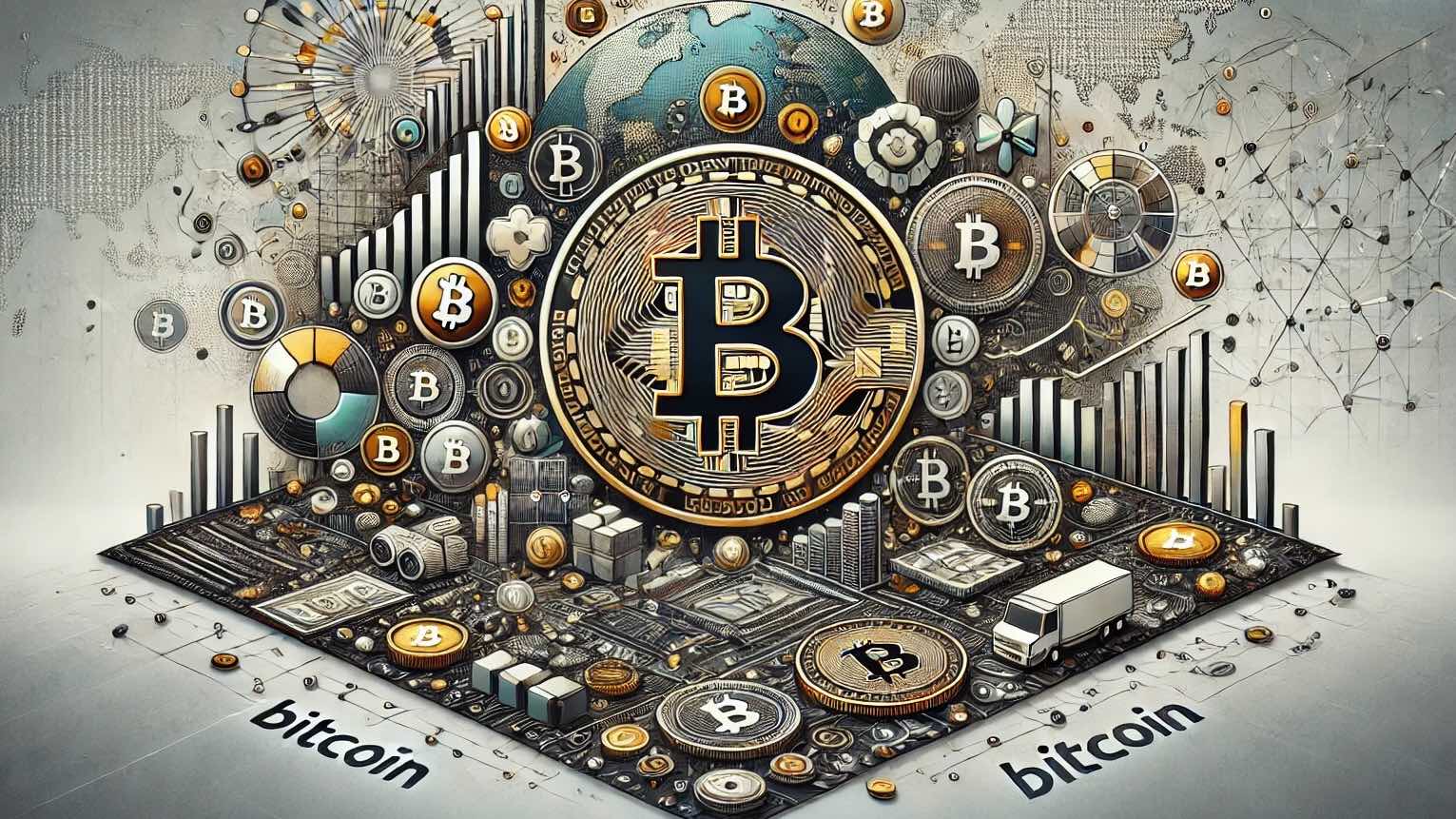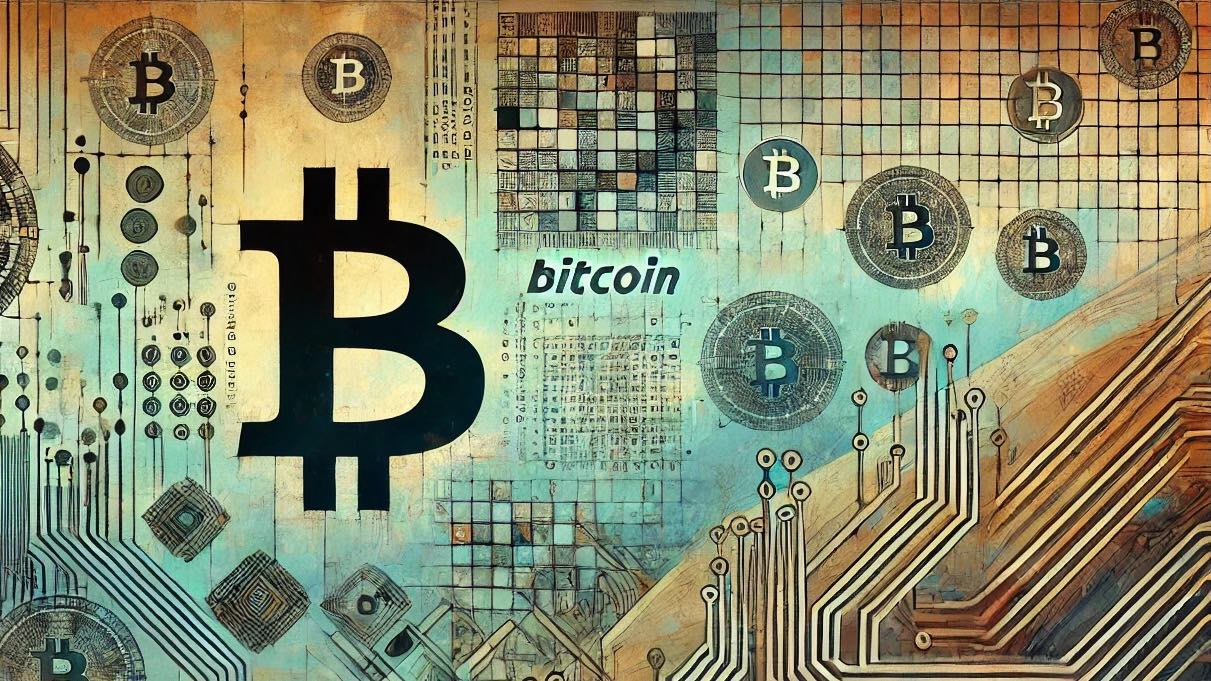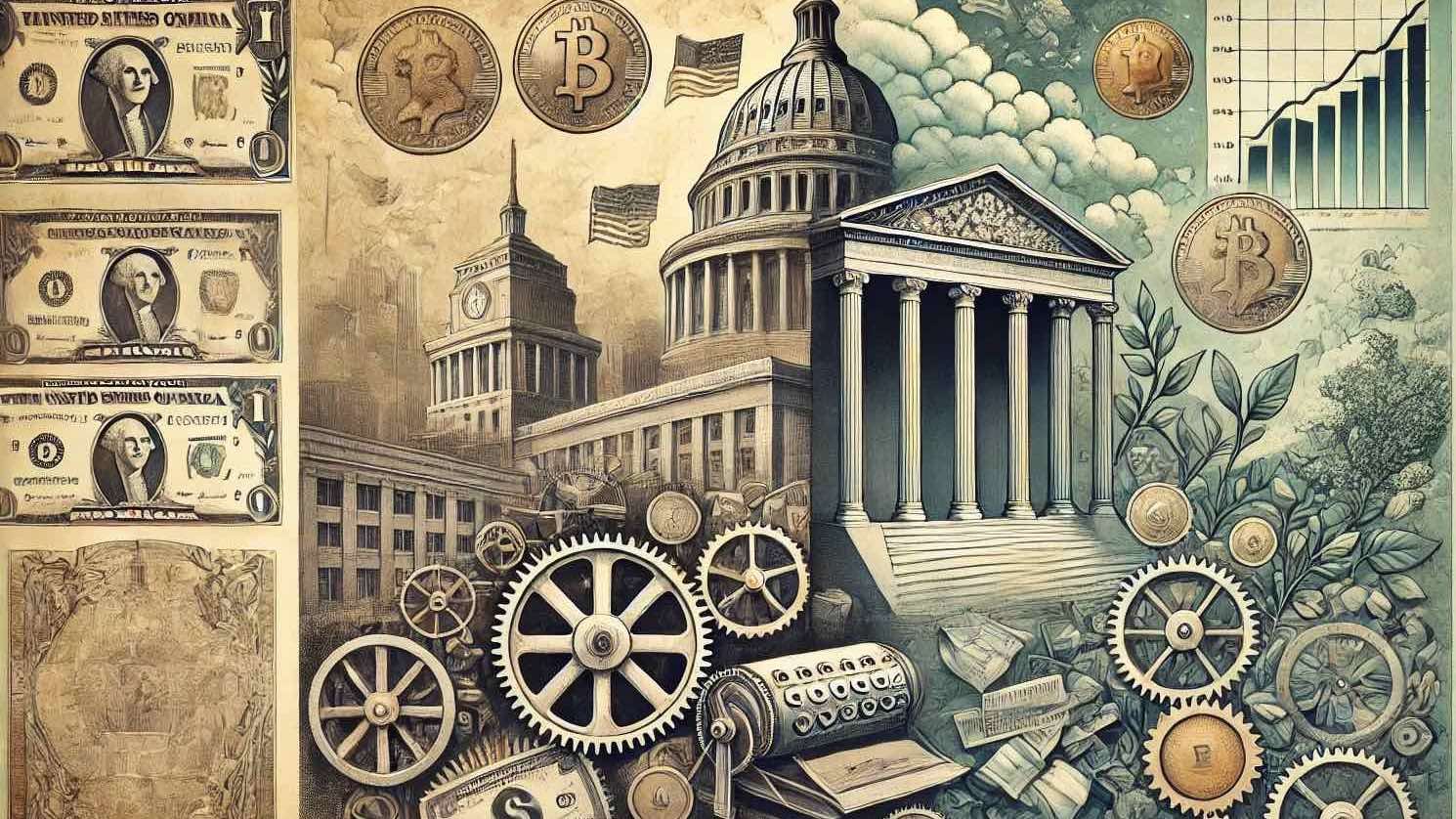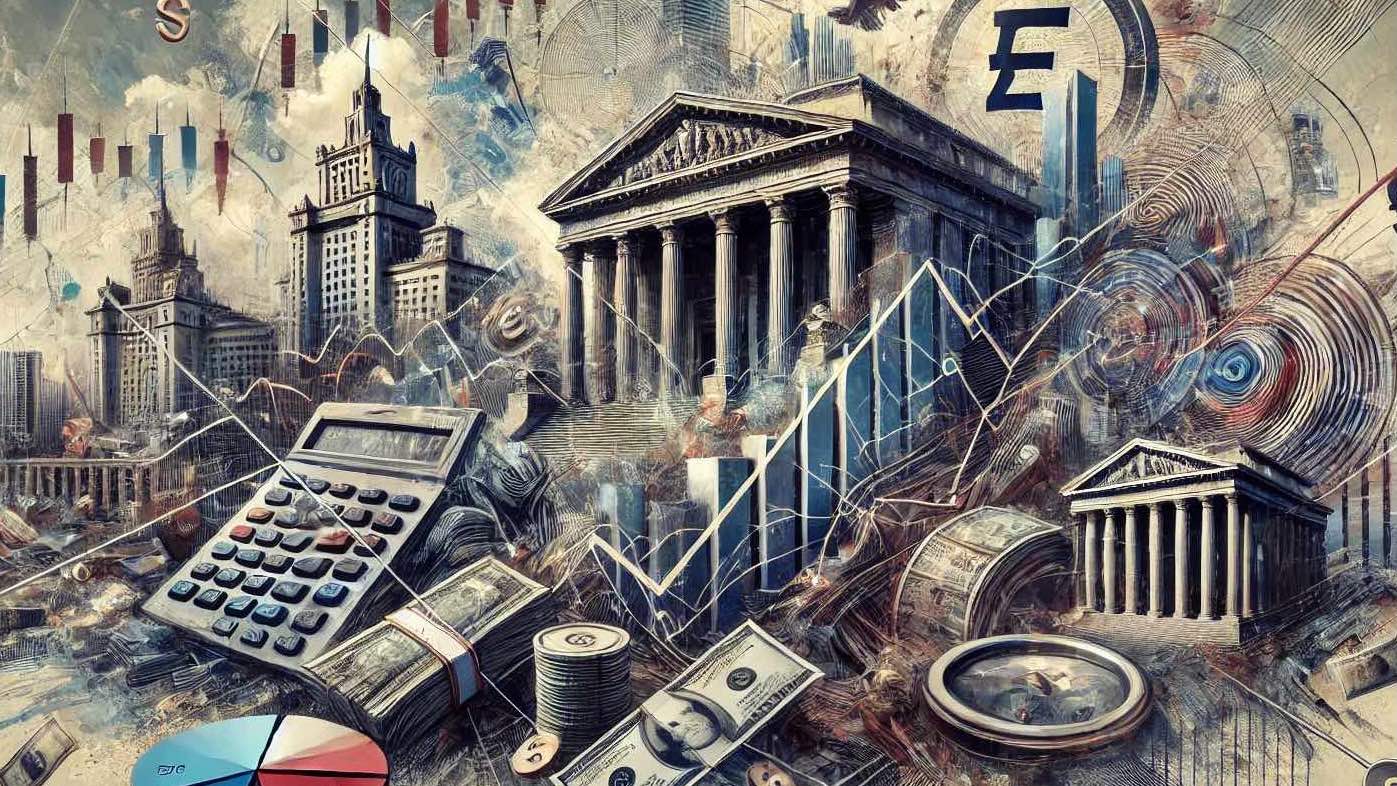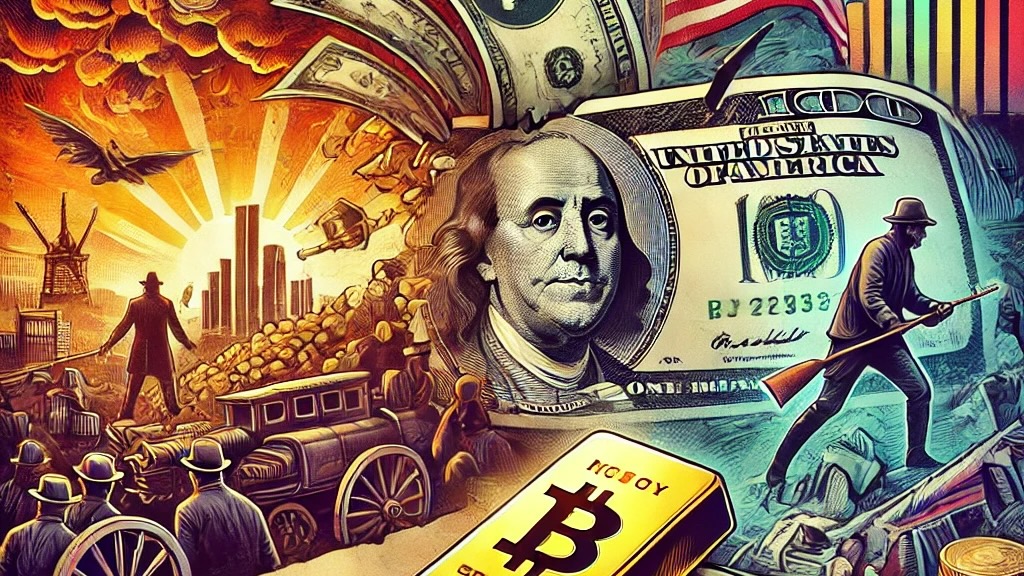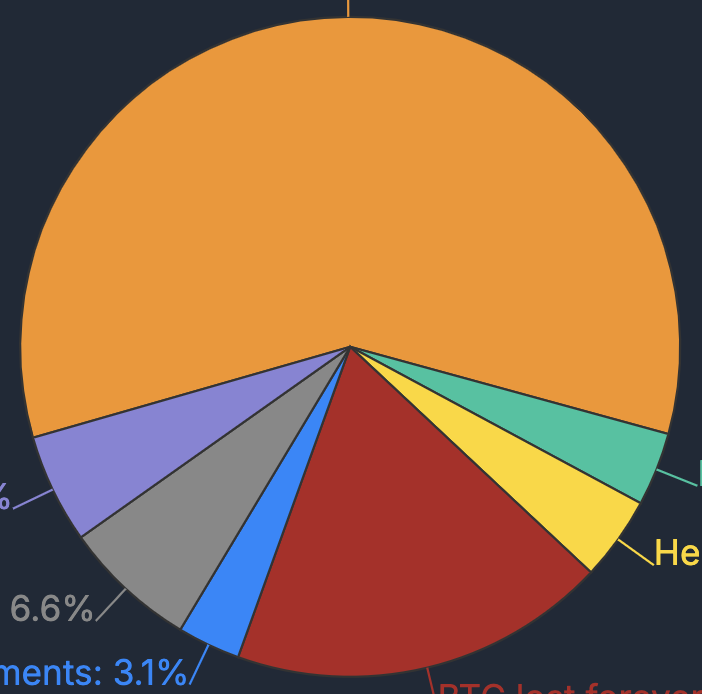The Liquidity Cycle is Everything: How Macro, China, and the Fed Set the Stage for Crypto's Next Boom
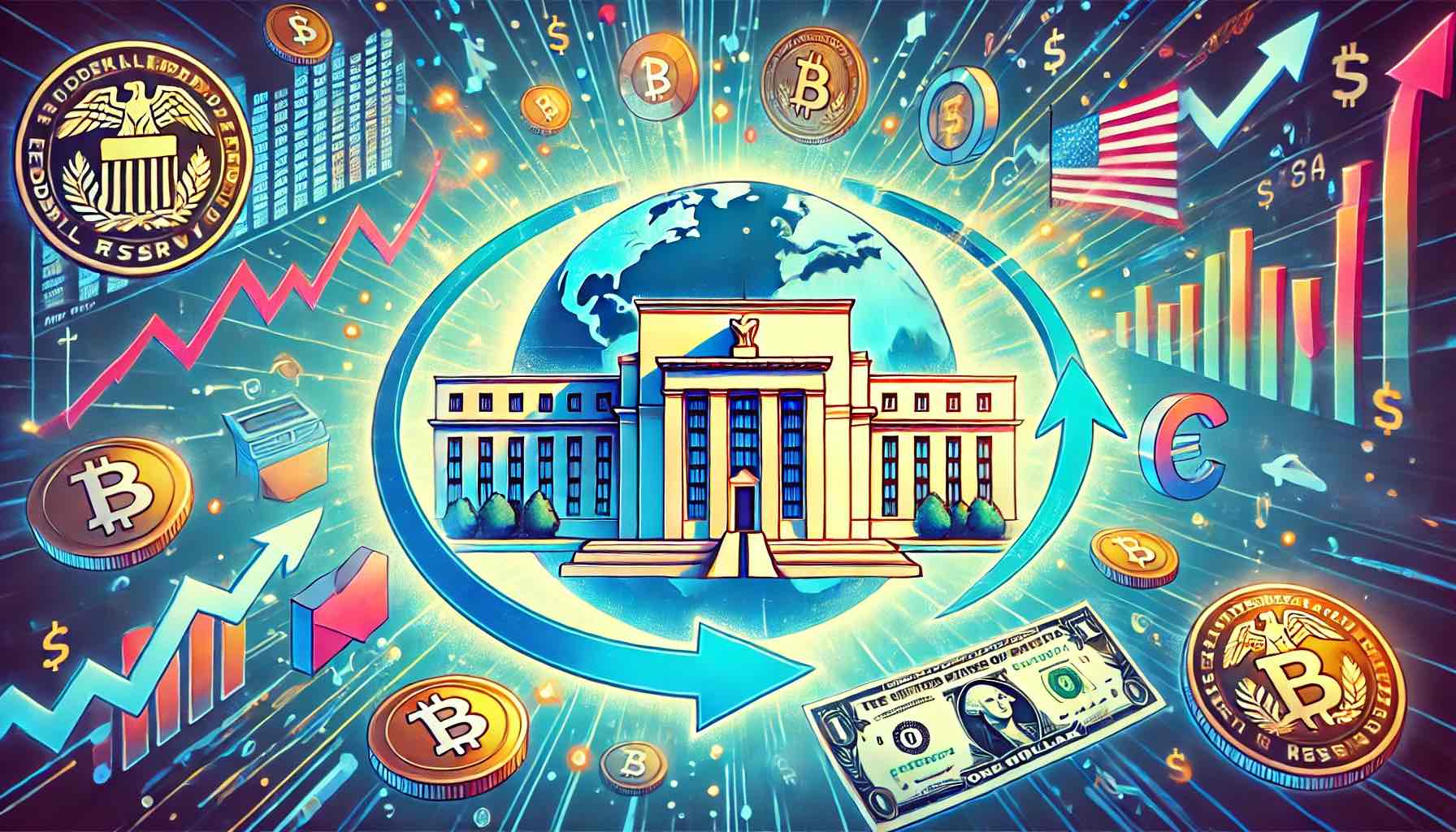
Welcome to the grand liquidity game—where central banks print, debt piles up, and those who understand the cycle make serious gains. If you’re deep in crypto and macro like me, you already know that liquidity is king. And Raoul Pal’s conversation with Michael Howell on The Journey Man podcast was a masterclass in understanding where we are in the cycle and what’s coming next.
So, let’s break it down: Why is global liquidity the ultimate driver of markets? How does the Fed, China, and the bond market fit into this? And most importantly, how do we position ourselves to ride the next liquidity wave?
The Liquidity Cycle: Where Are We Now?
Howell and Pal both agree—the liquidity cycle is still expanding. But how long can it keep running? The two biggest forces to watch right now are the U.S. Treasury and China.
- U.S. Treasury’s Sneaky Stimulus – While the Fed publicly sticks to its Quantitative Tightening (QT) script, liquidity is still being injected into the system. The U.S. Treasury, led by Janet Yellen, has been funding at the short end of the curve, injecting around $6 trillion into the market without calling it QE. When QT officially ends (which could be soon), expect liquidity to flow even more aggressively.
- China’s Liquidity Time Bomb – China is in a debt deflation spiral and badly needs to print money—big time. Howell estimates China needs to monetize around 30% of its debt to stabilize its economy. But with the strong dollar, China has been forced to tighten instead of ease. The big question is: When does the U.S. cut a deal to help China reflate?
The takeaway? The world’s two largest economies have to print more money to keep the system functioning. The only question is when, not if.
The Fed, QE, and the Dollar Chess Game
The Federal Reserve can’t afford to let bond markets implode. With reverse repo liquidity running dry, and Yellen drawing down the Treasury General Account (TGA), we’re at a pivotal moment. If liquidity isn’t added soon, the Treasury market could break. And guess what? The Fed doesn’t want that.
The strong dollar has been the ultimate weapon in geopolitical finance. A strong dollar strangles China, Europe, and emerging markets—forcing them to play the Fed’s game. But at some point, the U.S. will want a weaker dollar to stimulate global growth. That’s when we’ll see another round of QE-style liquidity injections, whether they call it that or not.
Why This Matters for Crypto and Risk Assets
If you’re a macro investor in crypto, you need to understand one thing: Liquidity pumps asset prices. The moment global central banks turn the liquidity taps back on, Bitcoin, Ethereum, and the entire risk asset universe will go parabolic. The last time we saw this was in 2020-2021.
And let’s be real—this cycle isn’t ending in 2025. There’s a strong probability that liquidity expansion extends into 2026, just as the business cycle starts to recover. The Fed and China are playing a game of chicken, and eventually, they’ll both have to flood the system with liquidity.
Final Thoughts: The Biggest Macro Play of Our Lifetime
We’re in a world where governments have to keep debasing money. Debt is too high, interest rates can’t stay elevated for long, and the only solution is more liquidity. That’s why you want to be in assets that benefit from monetary inflation: crypto, gold, tech stocks, and real assets.
As Howell put it, global liquidity is compounding at 8-10% per year. If you’re not in assets that grow at that rate, you’re getting left behind. And with China needing to print trillions and the Fed inevitably stepping in to backstop the U.S. economy, we could be on the verge of the biggest liquidity-driven bull run yet.
Position accordingly. The game is rigged—but in your favor if you understand it.
